
Premium Content
The key to a healthy harbor:
Support of Billion Oyster Project,
and their education program, will
restore city’s harbor, vital shoreline
Penthouse of Williamsburg’s
Wythe Hotel is appropriate
setting for glamorous fundraiser
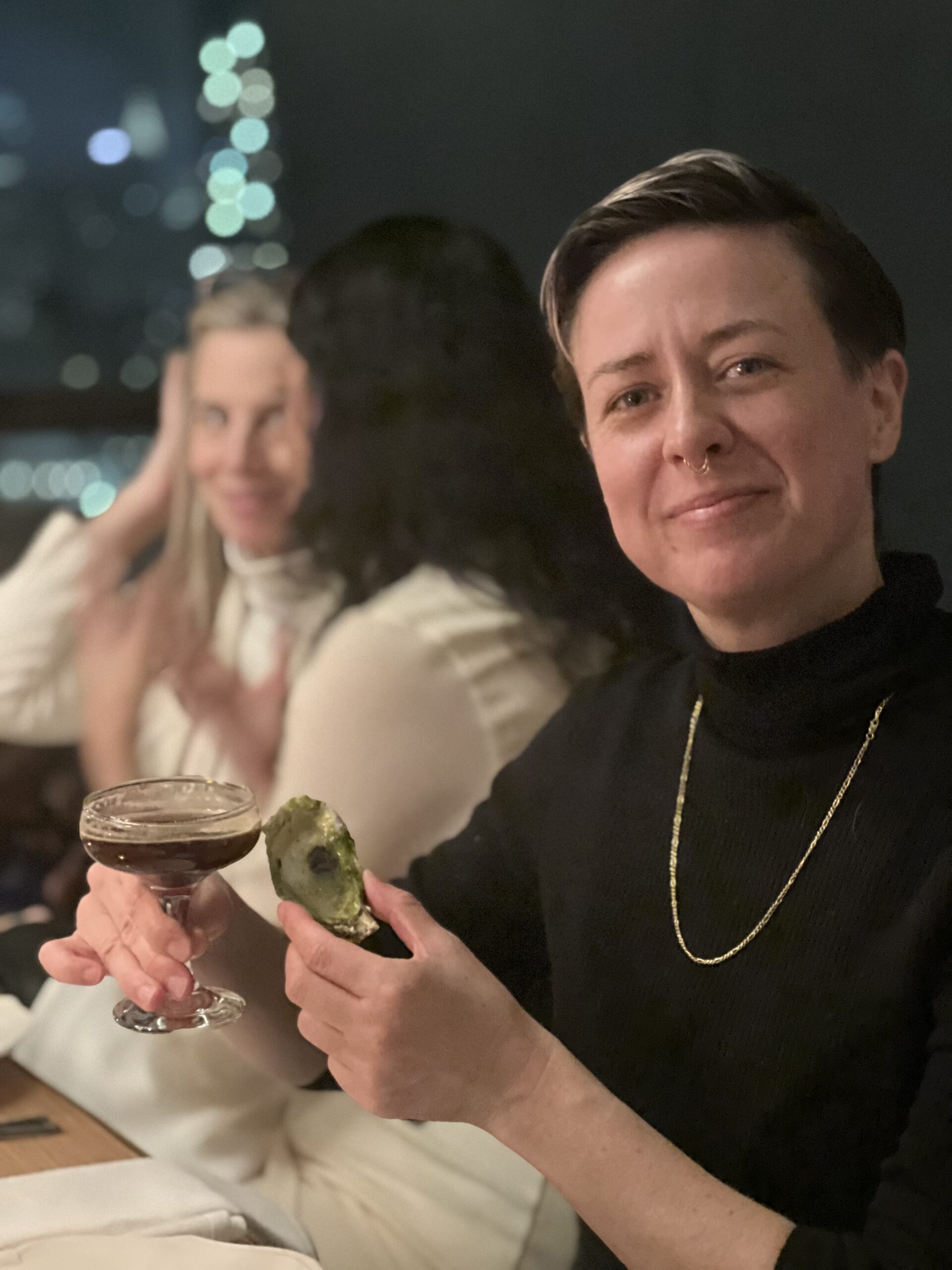
 WILLIAMSBURG — The average fully-grown oyster can filter 50 gallons of water a day. That’s just one of several reasons illustrating the importance of bivalves to New York Harbor. And, if one oyster can play such a role, imagine what a billion could do.
WILLIAMSBURG — The average fully-grown oyster can filter 50 gallons of water a day. That’s just one of several reasons illustrating the importance of bivalves to New York Harbor. And, if one oyster can play such a role, imagine what a billion could do.
On a recent evening at the Wythe Hotel in Williamsburg, a group of 40 supporters were given a front-row seat to a program on oysters that included a feast courtesy of the Billion Oyster Project (BOP).
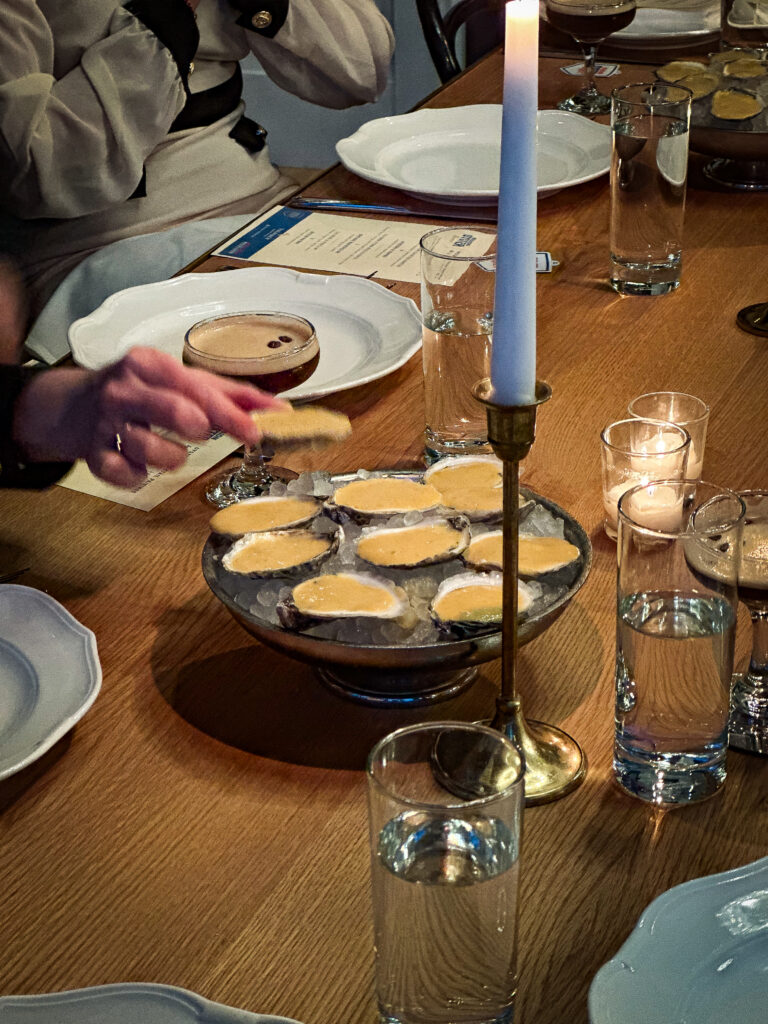
The BOP is a New York City-based nonprofit organization created in 2014 with the goal of restoring oyster reefs to New York Harbor in collaboration with New York City communities. They are hoping to restore one billion oysters by 2035.
Because oysters are filter feeders, they serve as a natural water filter, with a number of beneficial effects for the ecosystem. The reefs they form increase habitat and subsequent marine biodiversity levels and help protect the city’s shorelines from storm surges.
BOP’s annual event, the Billion Oyster Social, was held in the Wythe Hotel’s Penthouse Loft, with sweeping views of the Manhattan skyline and a private rooftop terrace.
It provided a vehicle to meet in a relatively small group to convey BOP’s mission, all while indulging in local East Coast oysters prepared in three unique ways, paired with cocktails using Talisker whiskey — BOP’s leading Shell Collection Program sponsor.
Ben LoGuidice, BOP’s oyster production program manager, explained that an event like this is important because it allows for a connection with the public on a much deeper level.
“That’s what we are about — getting community members involved in what we are doing because, without them, no changes would be made,” LoGuidice said. “It’s truly about restoring a happy, healthy harbor.”
BOP’s Director of Communications, Helene Hetrick, said, “We are a coastal city. However, a lot of people don’t really think of New York as that because we’ve become very disconnected from nature and the harbor — and the harbor is one of the most valuable resources we have.”

Hetrick said she is hoping to restore somewhere between 60 and 80 million oysters in 2024, “which is a big increase over past years, as we generally do about 25 million a year.”
However, restoring oysters is quite an engaging process, according to Hetrick.
“First, we have to add a hard surface to the bottom of the harbor because, over time, it’s basically become soft mud,” she said, adding, “Not only do we have to create a surface for an oyster to grow, but we have to find the oyster larvae and have it settle on that hard surface.
“We collect oyster shells from about 75 restaurants around New York City, take those out to Governors Island, where we are based, and ultimately give oyster larvae a place to land — putting those shells in structures, submerging them in harbor water and releasing oyster larvae to settle on those shells.”
Hetrick said she hopes to raise a new generation of environmental stewards who care about the harbor, who go to see it and protect it.
“We think that oysters can serve as a catalyst for piquing people’s interest in nature and reconnecting with it here in New York City,” she added.
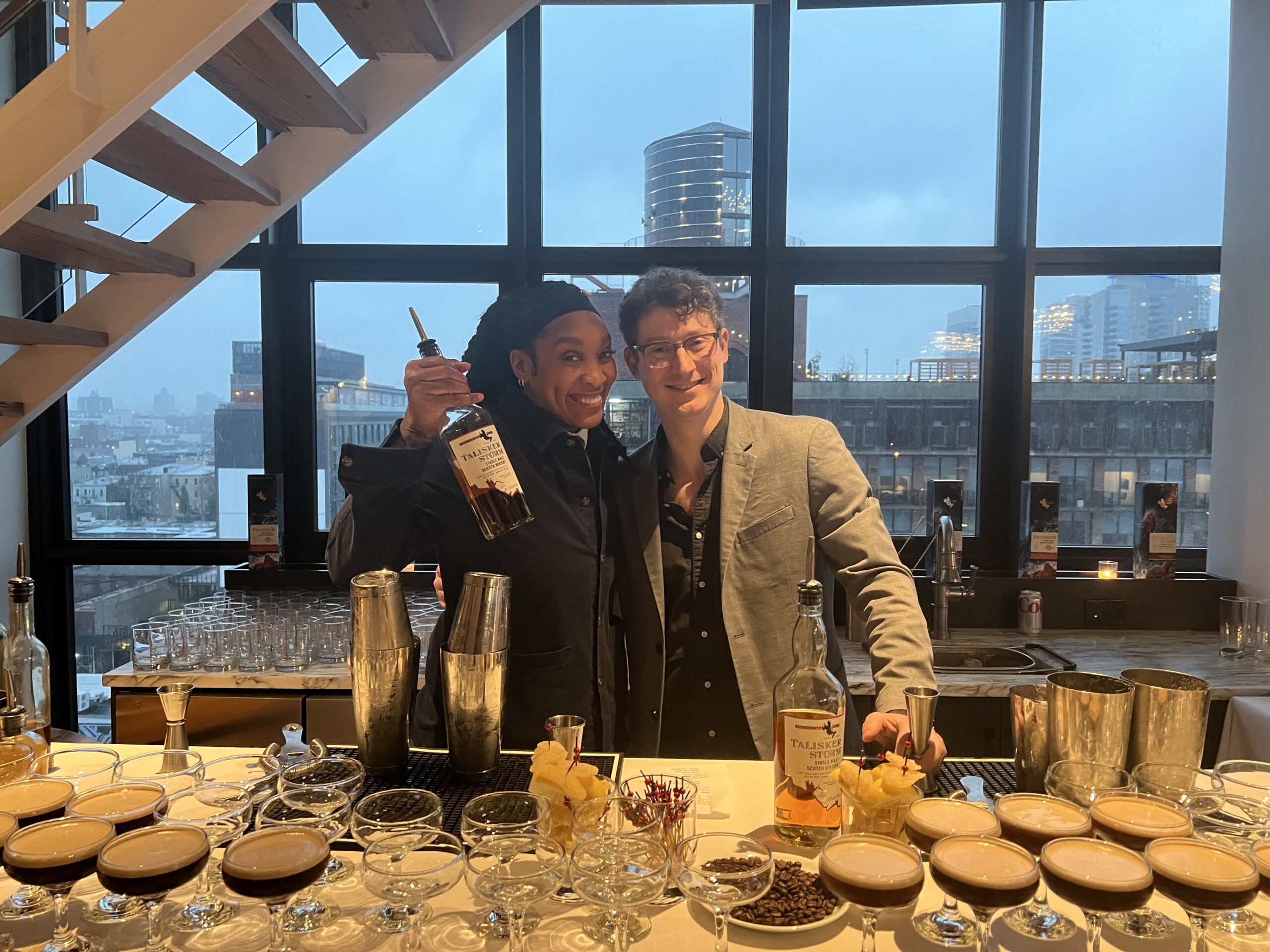
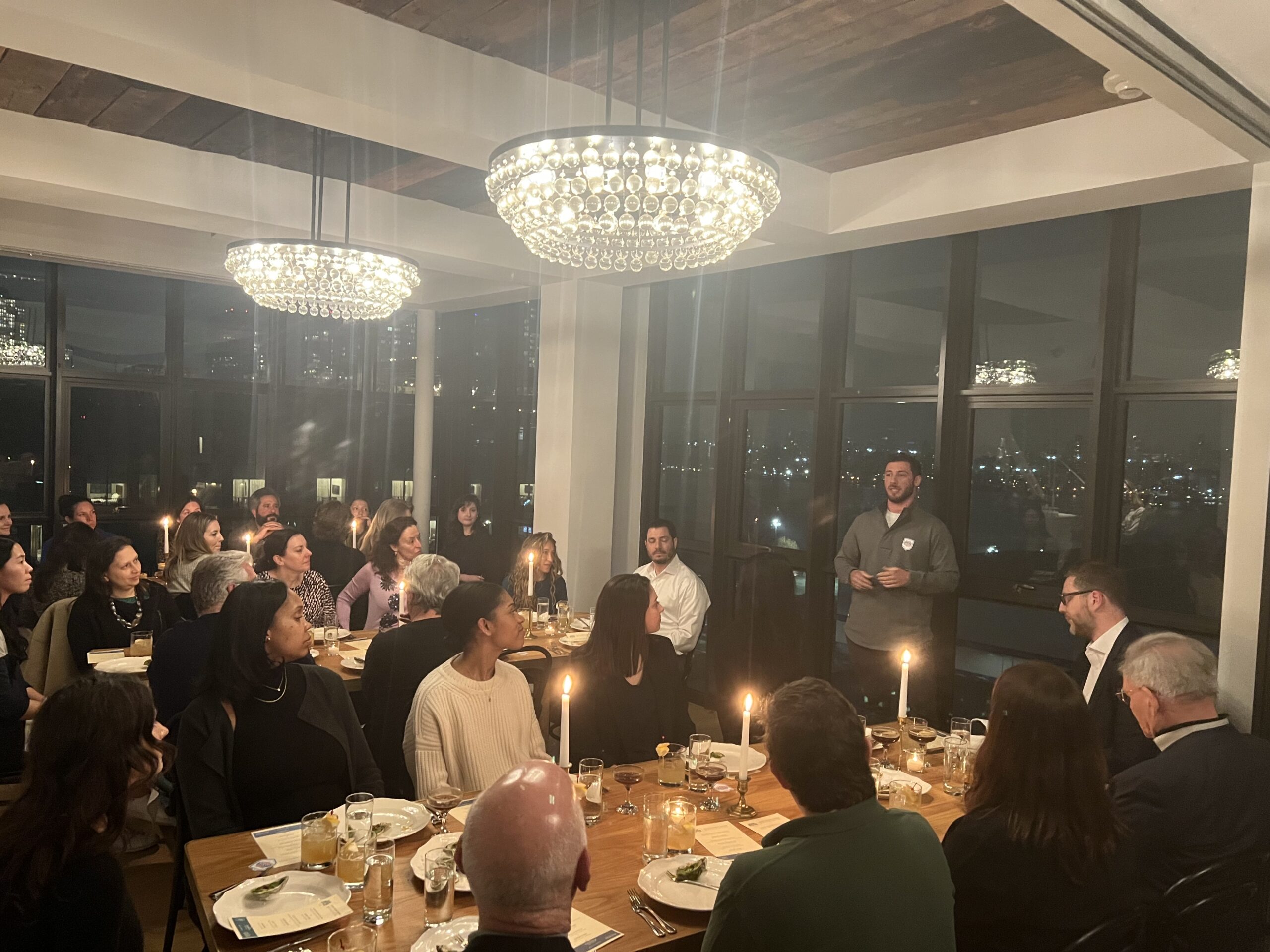
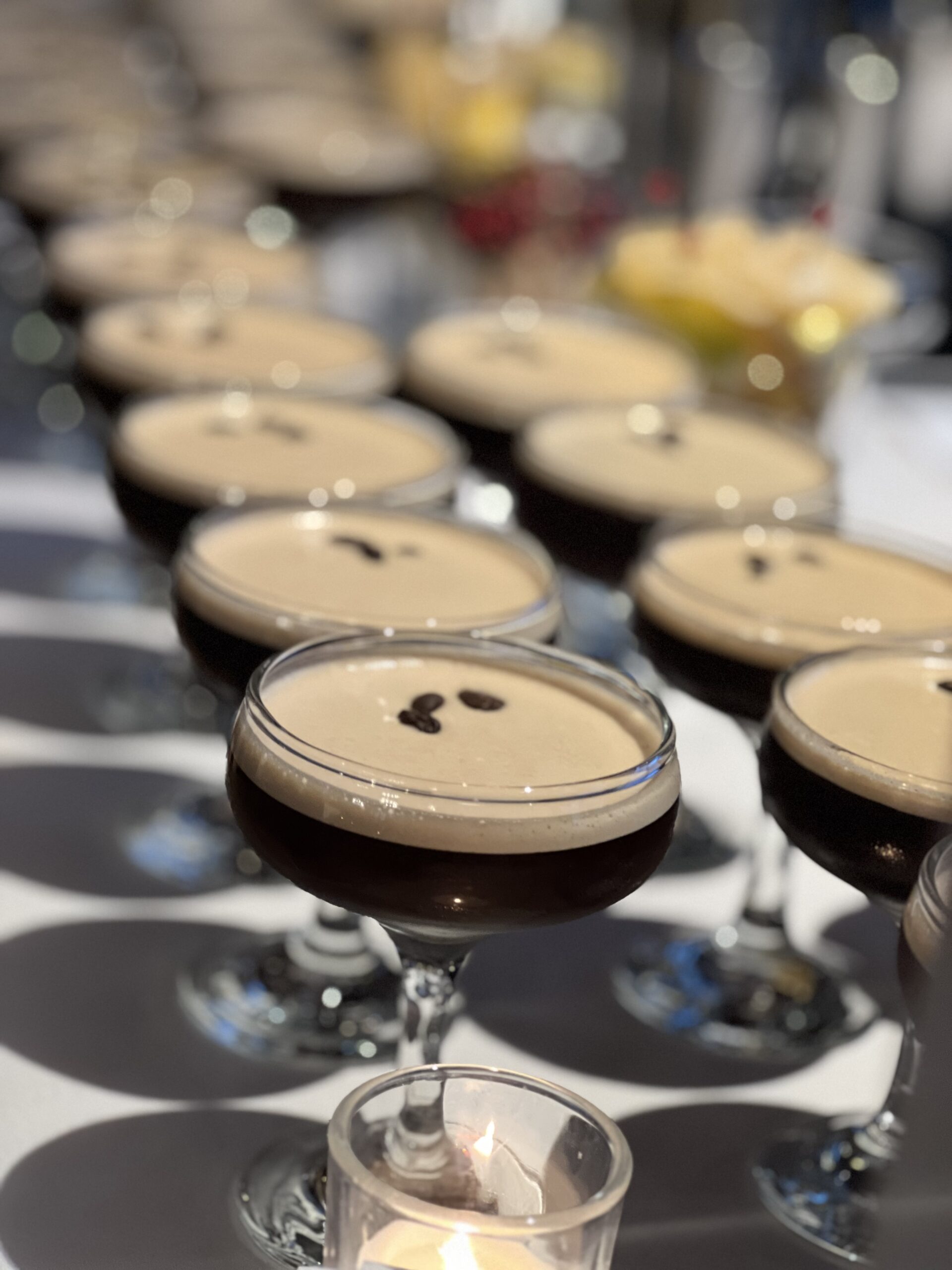
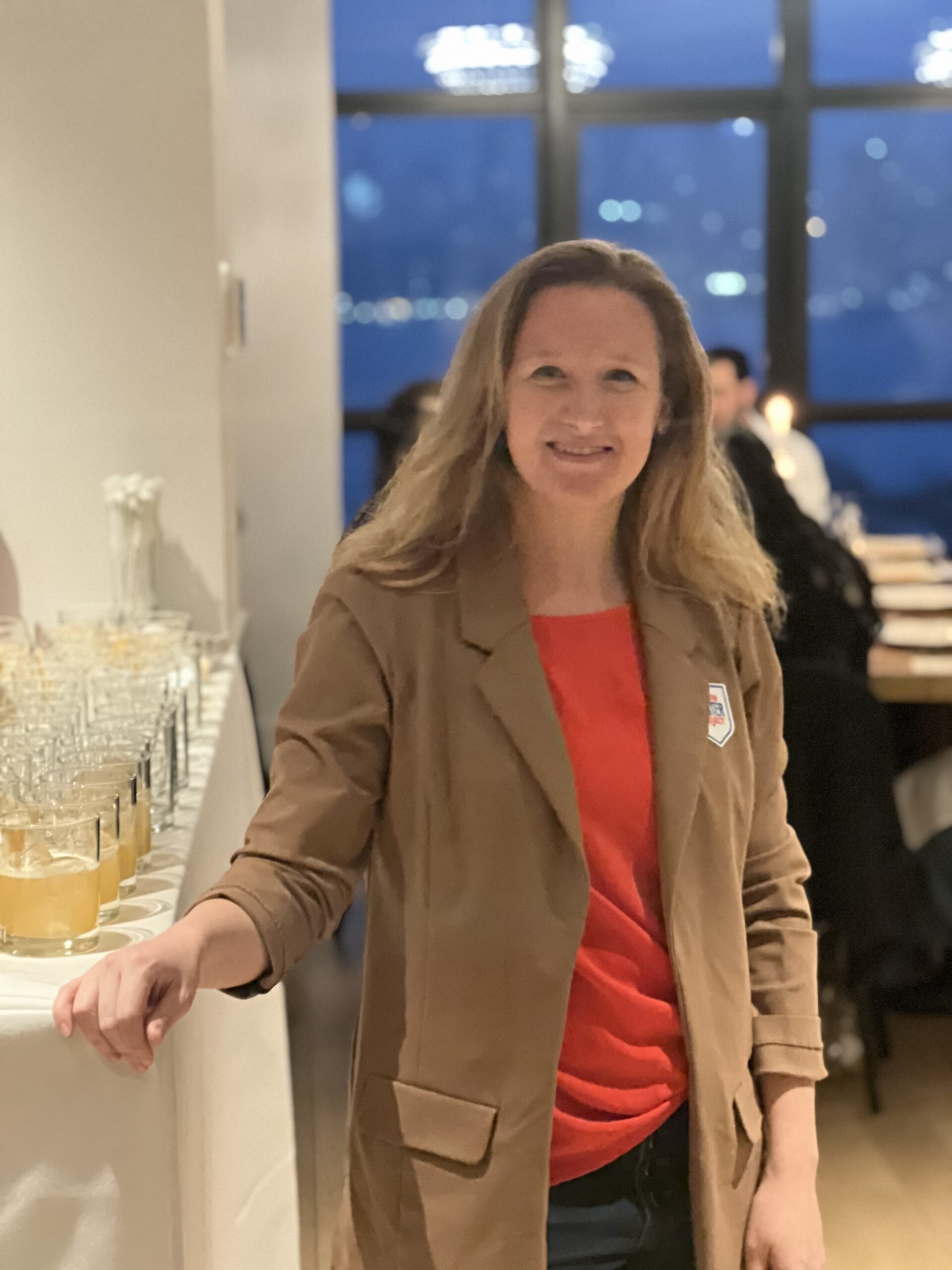
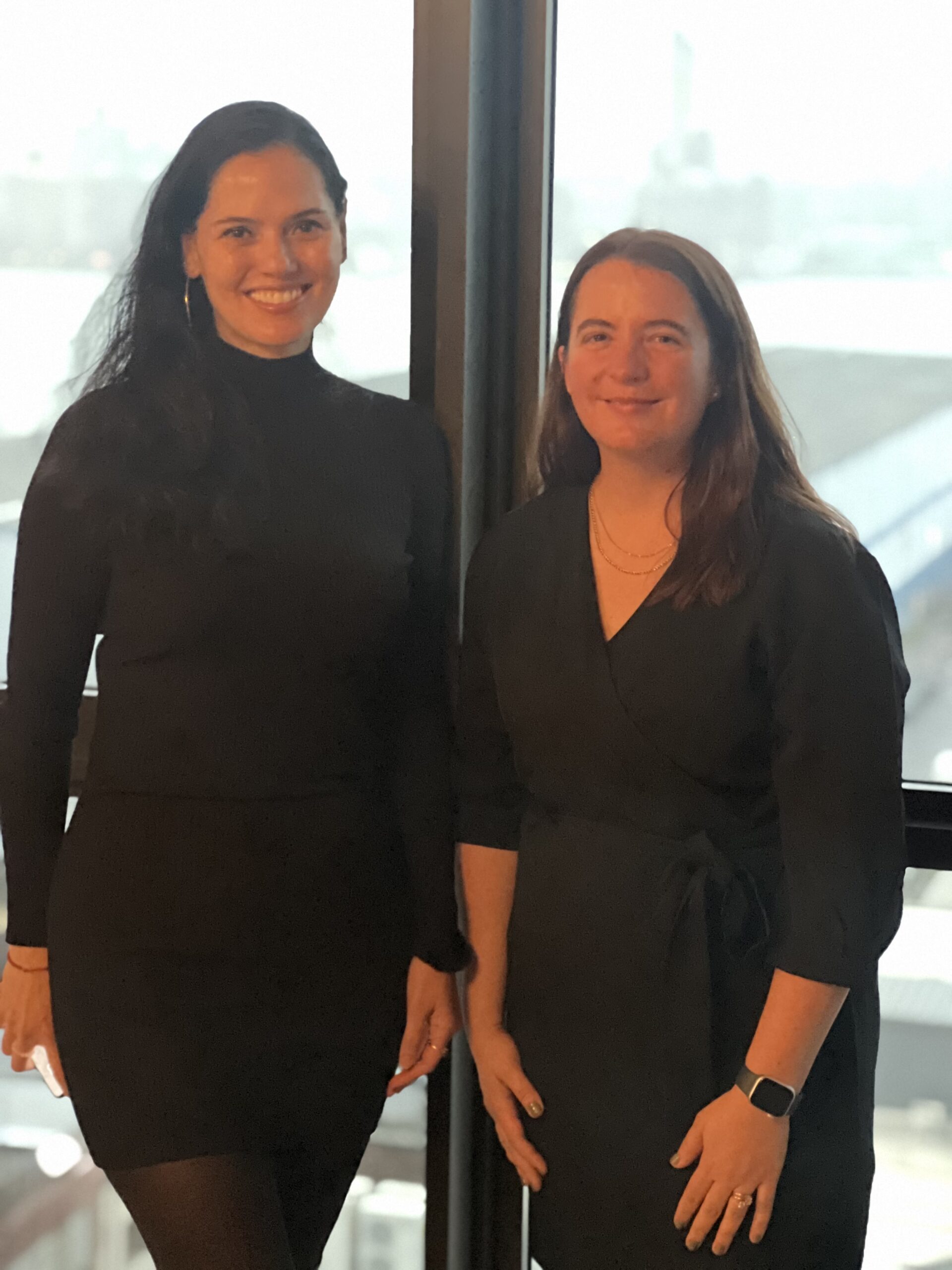
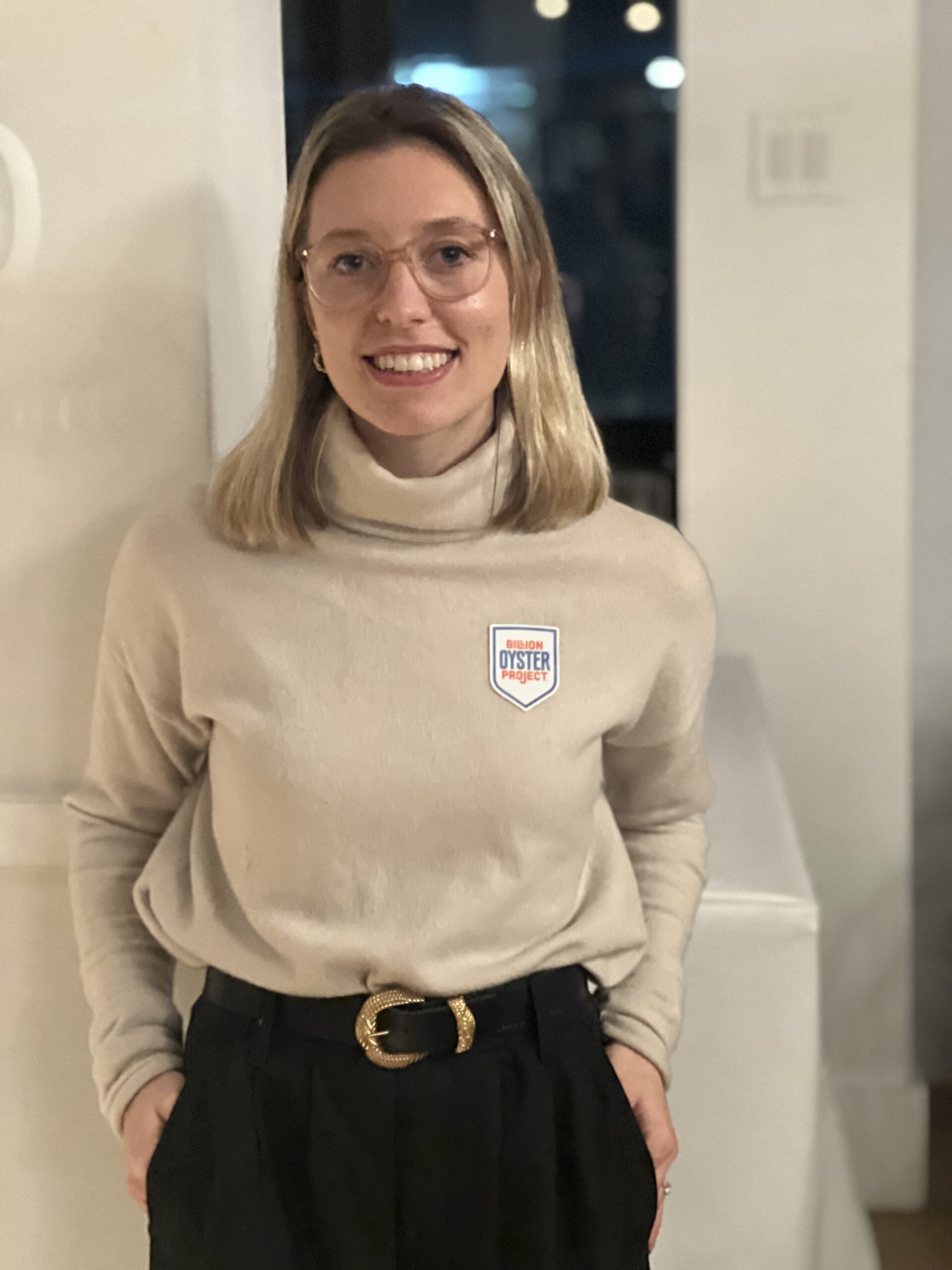
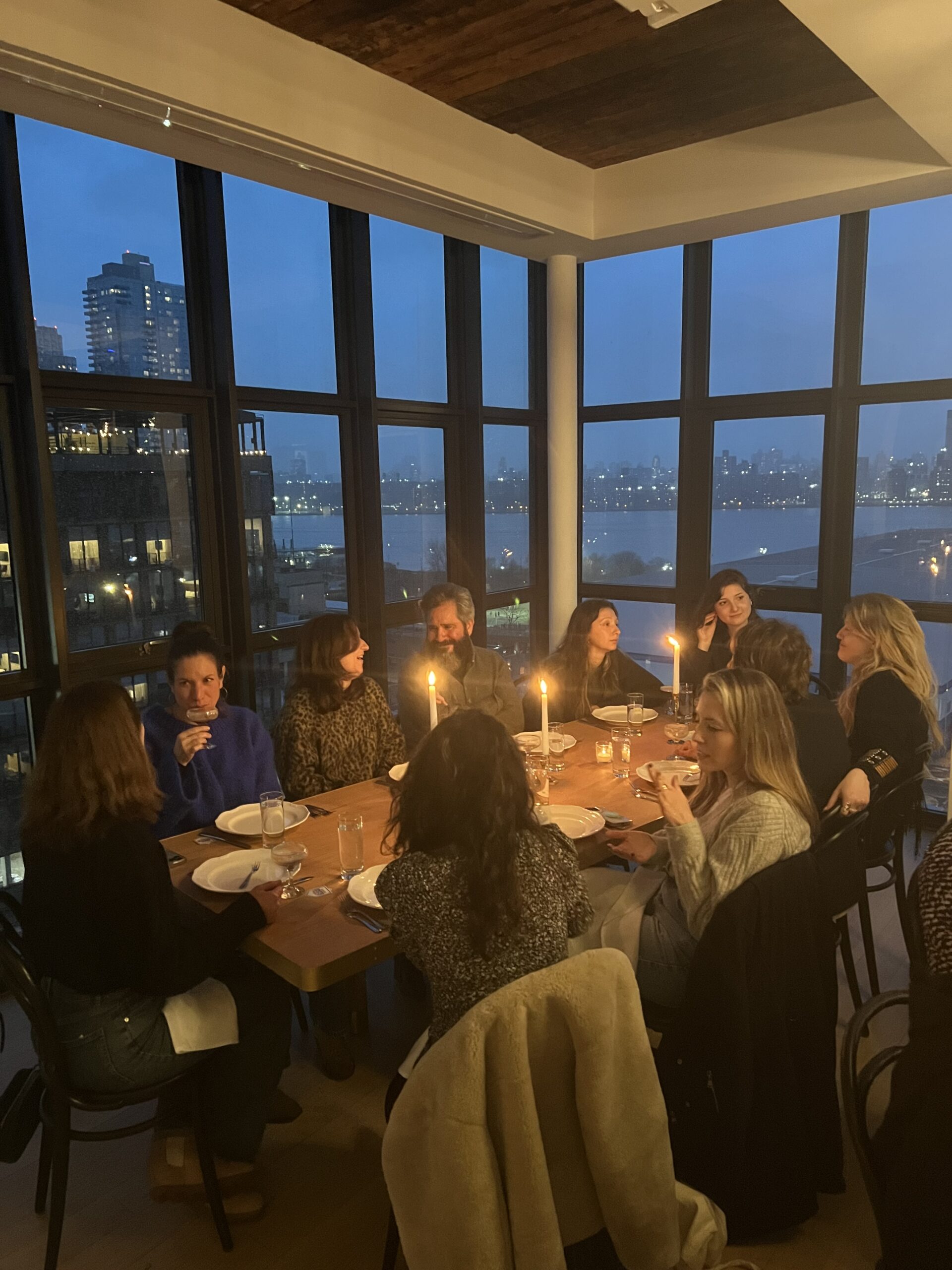
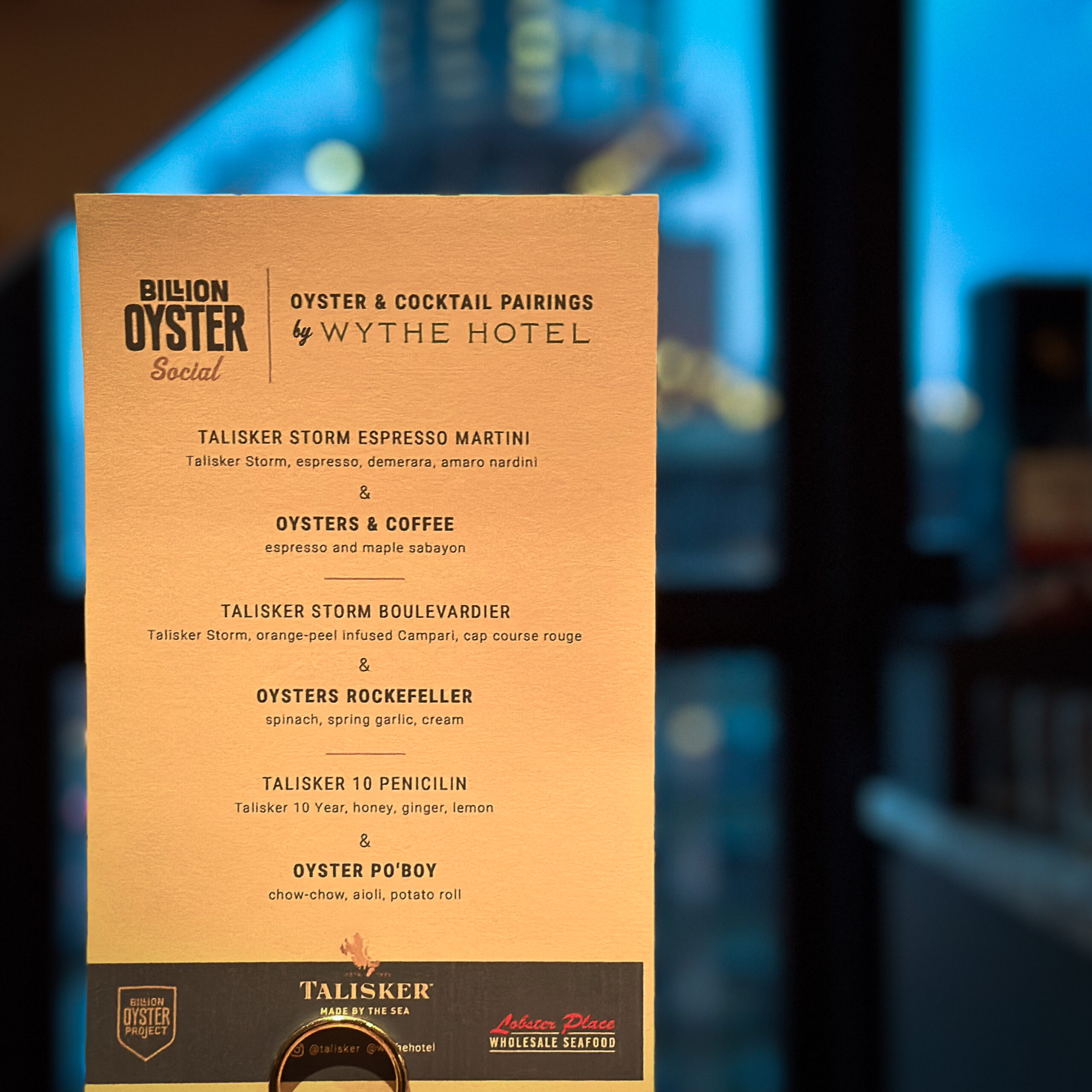

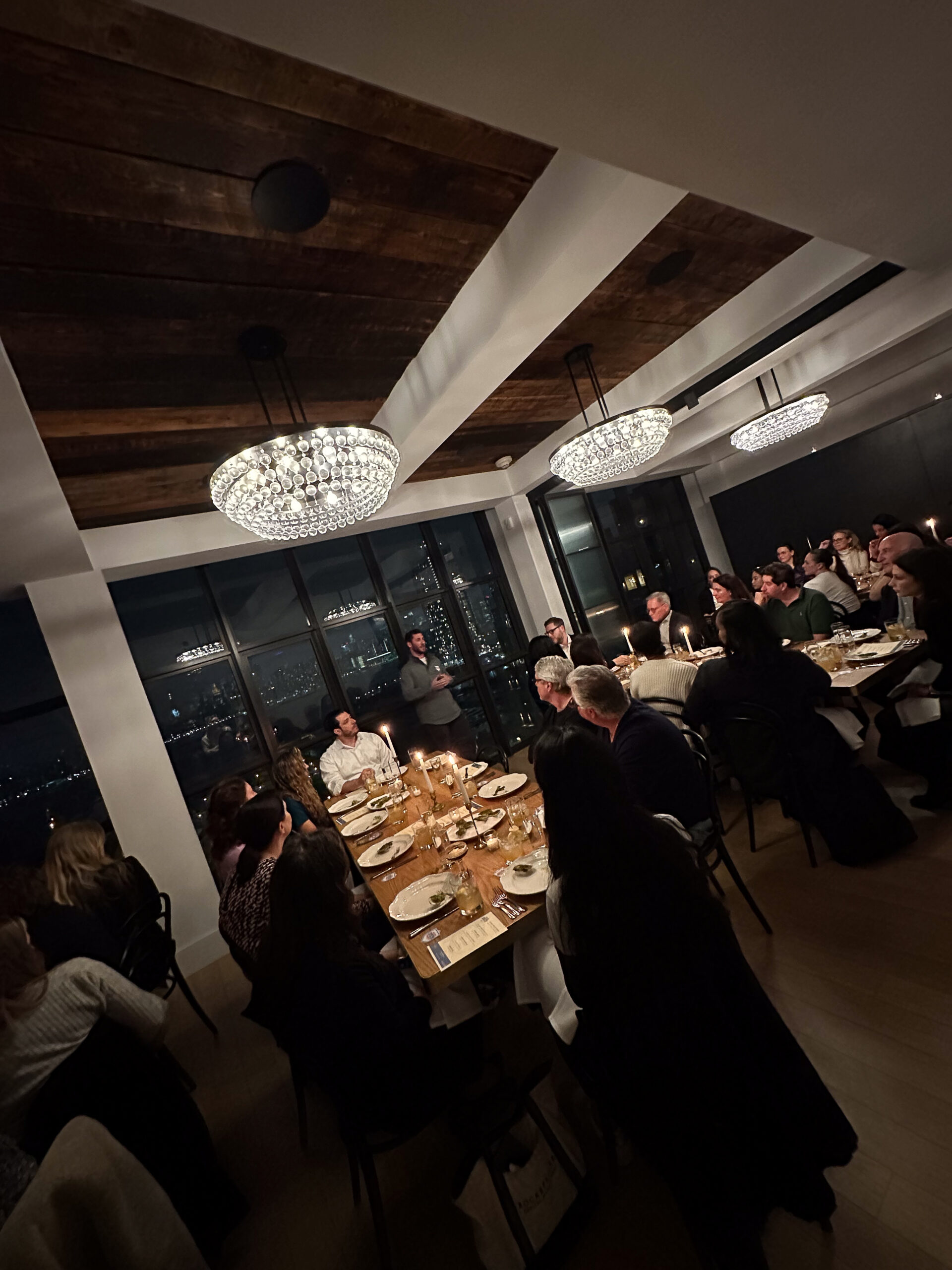
Leave a Comment
Related Articles


Biden administration announces plans for up to 12 lease sales for offshore wind energy
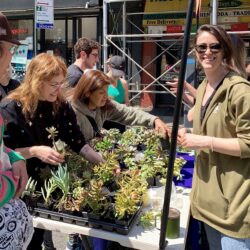
Earth Day weekend 2024 celebrated in Brooklyn
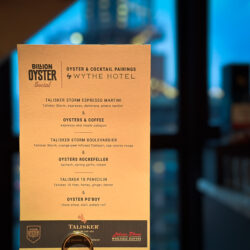
Healthy harbor update: Billion Oyster Project hosts informative fundraiser in exclusive Williamsburg setting
Leave a Comment
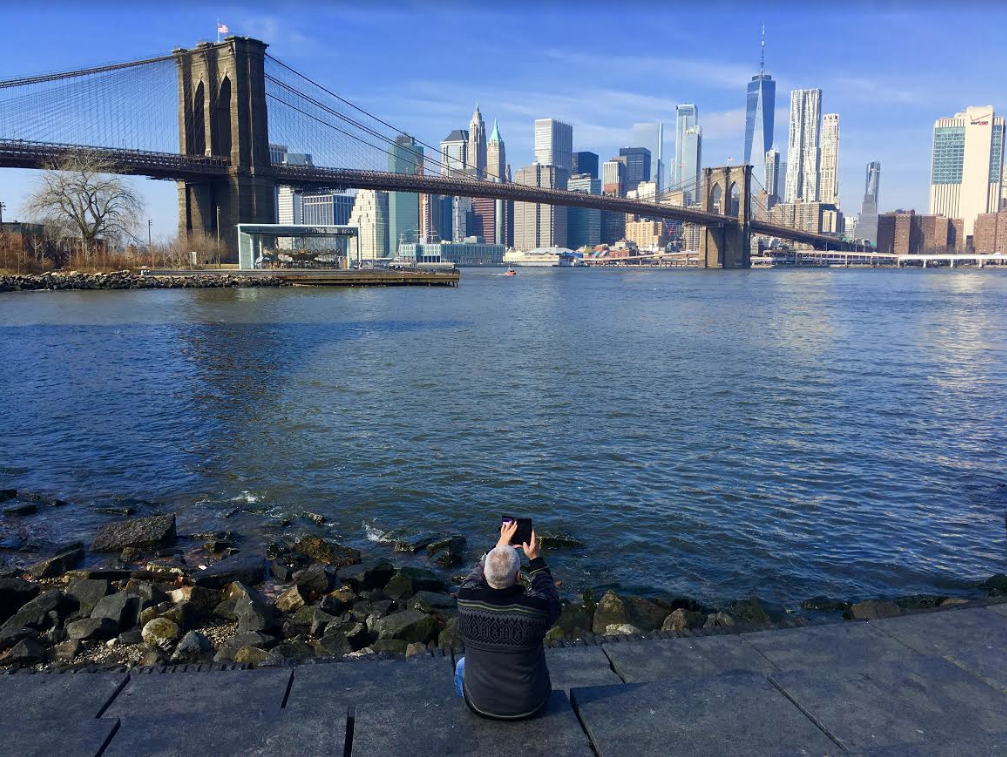
Northern Brooklyn
View MoreThe Brooklyn Daily Eagle and brooklyneagle.com cover Brooklyn 24/7 online and five days a week in print with the motto, “All Brooklyn All the Time.” With a history dating back to 1841, the Eagle is New York City’s only daily devoted exclusively to Brooklyn.
© 2024 Everything Brooklyn Media
https://brooklyneagle.com/articles/2024/04/17/the-key-to-a-healthy-harbor-support-the-billion-oyster-project/
